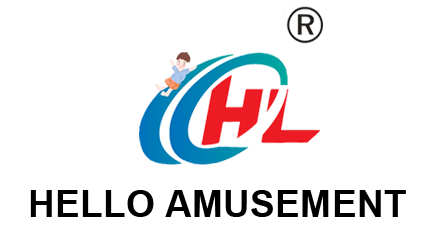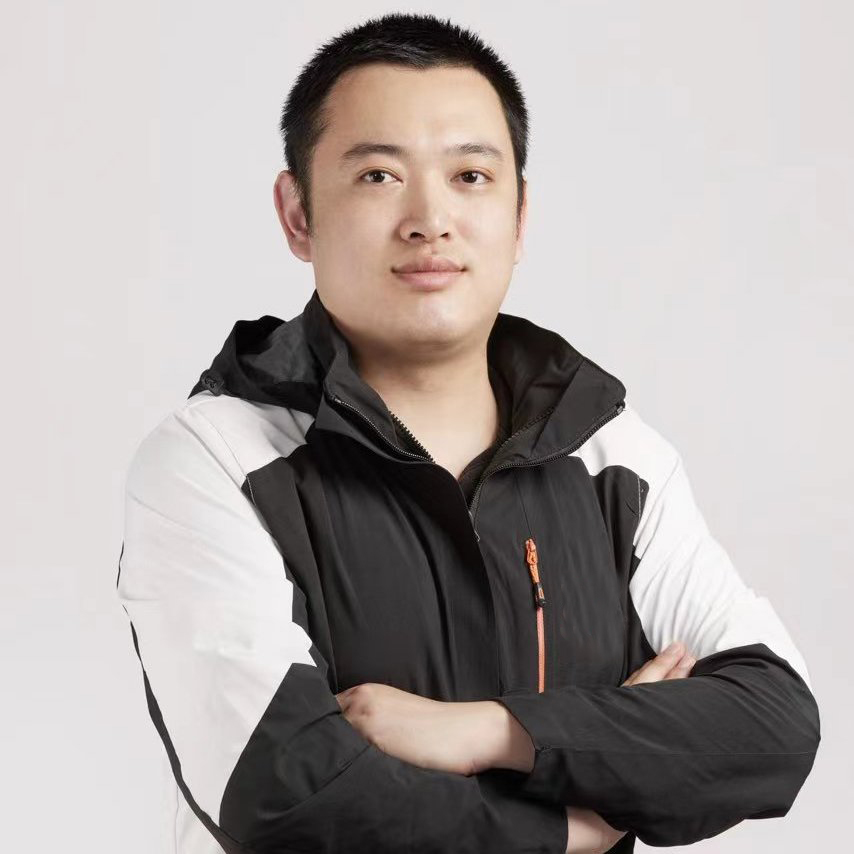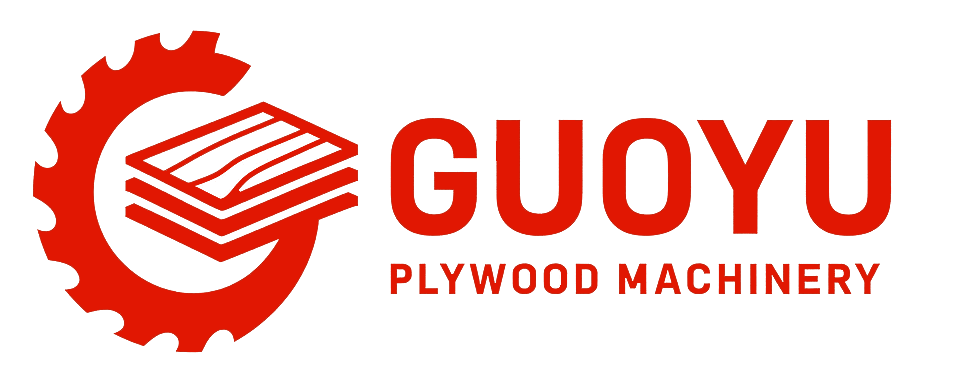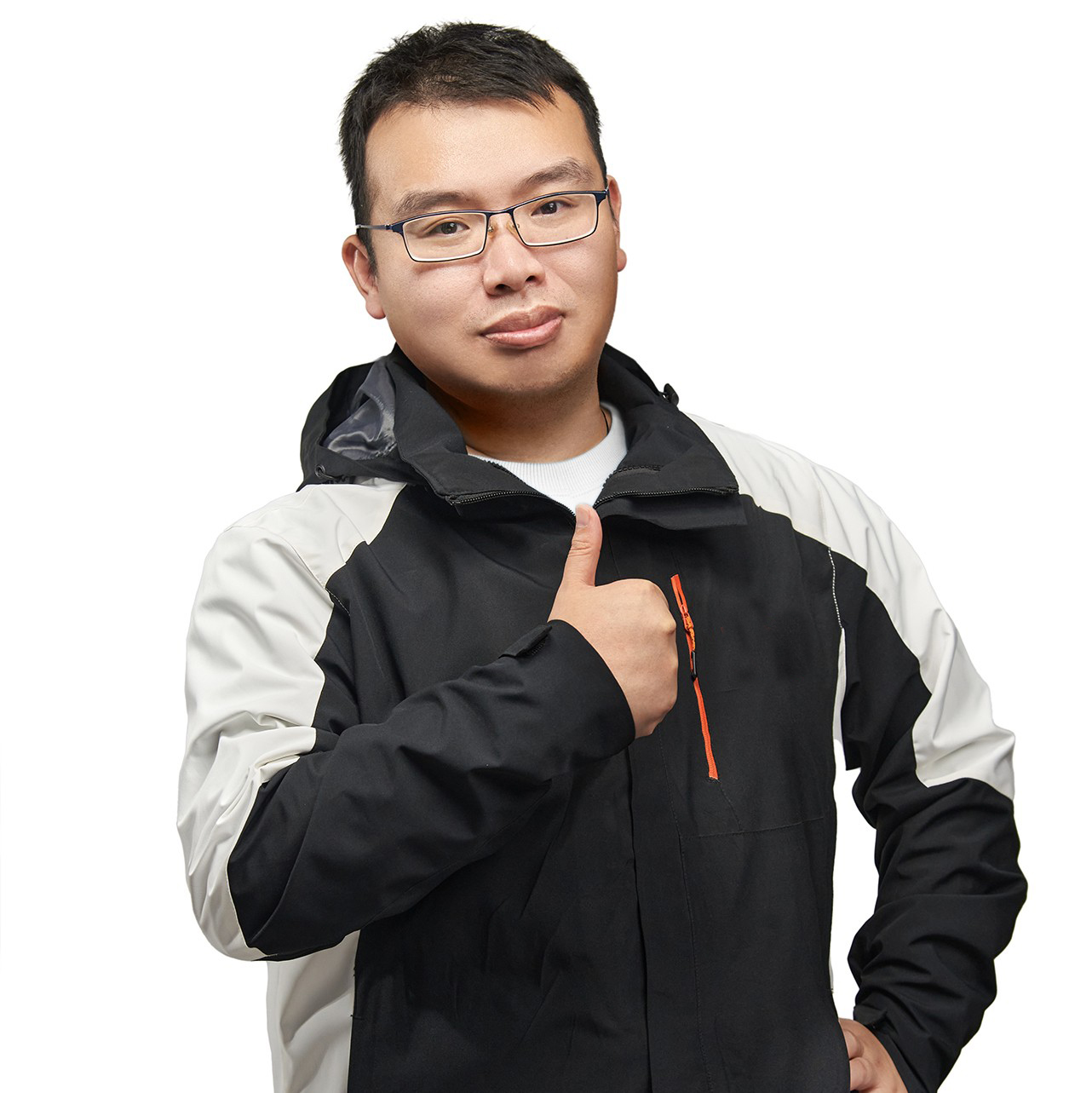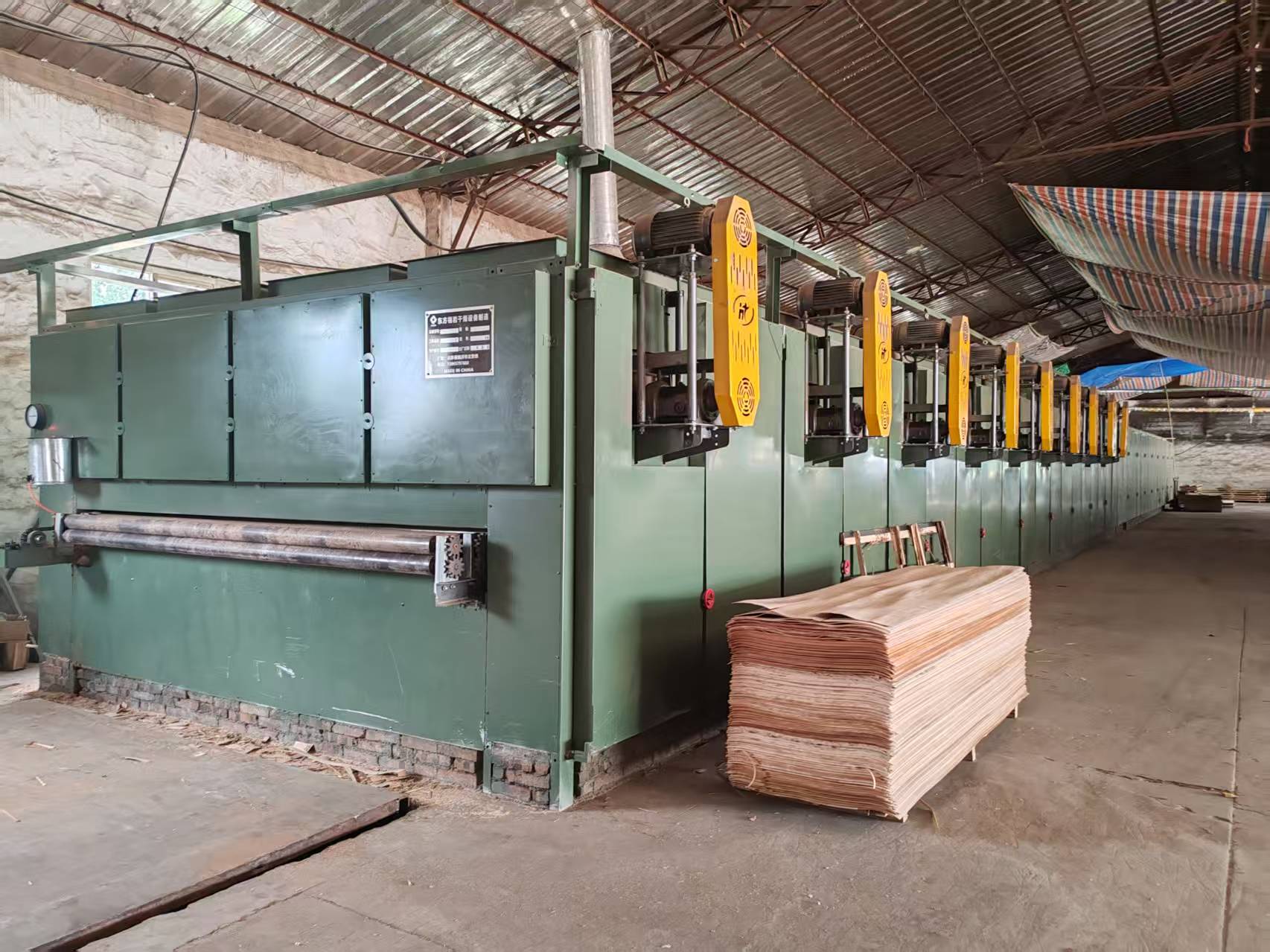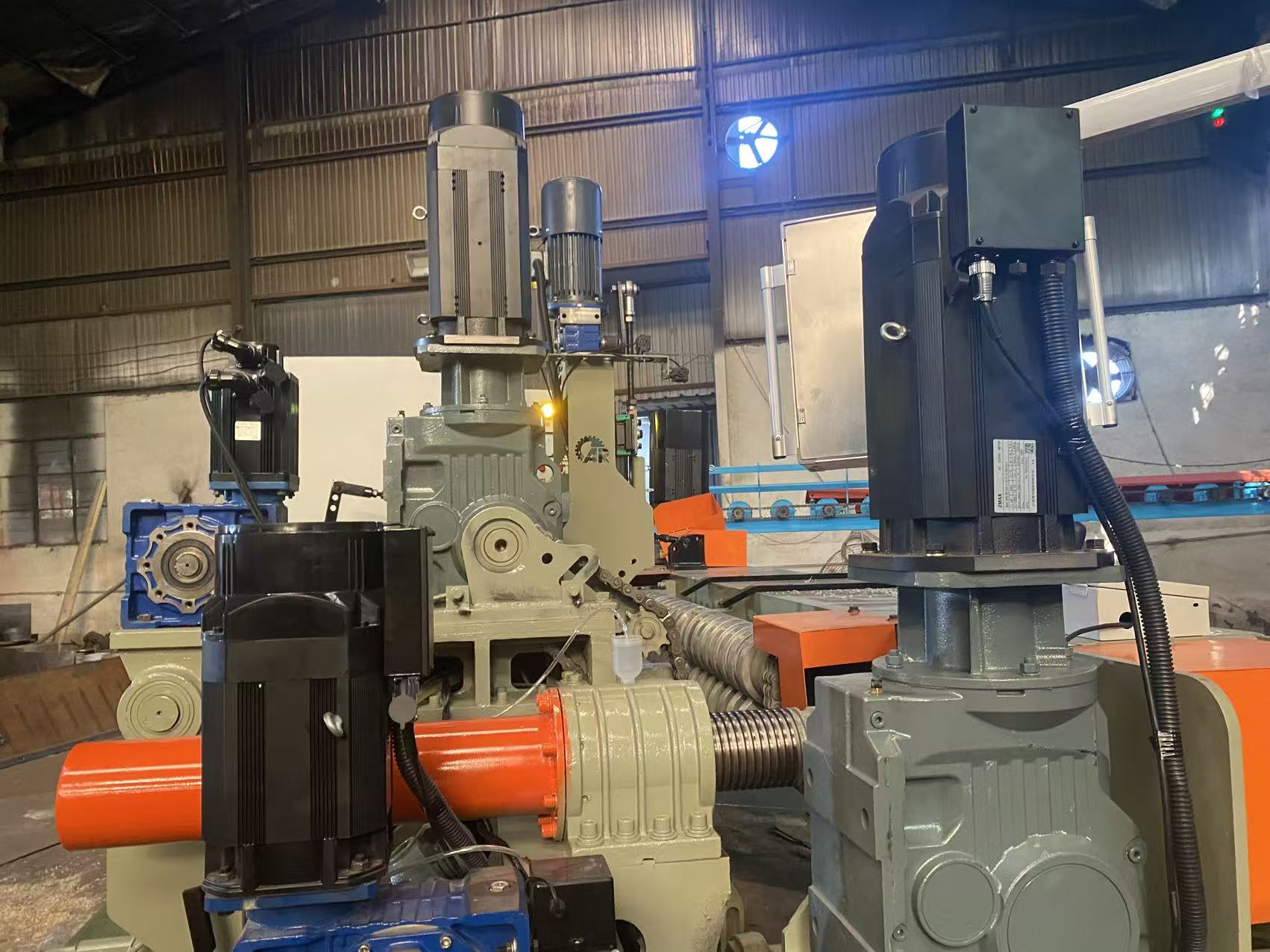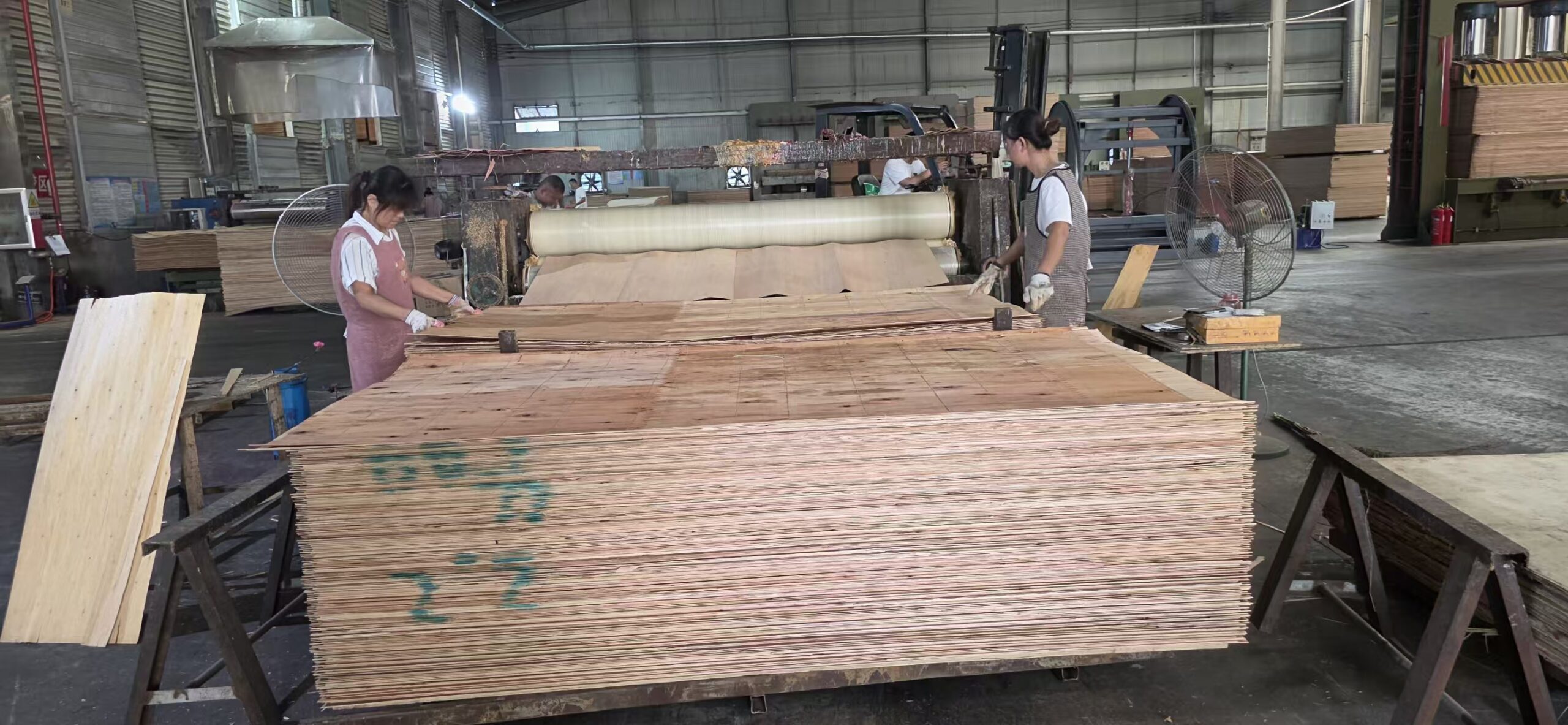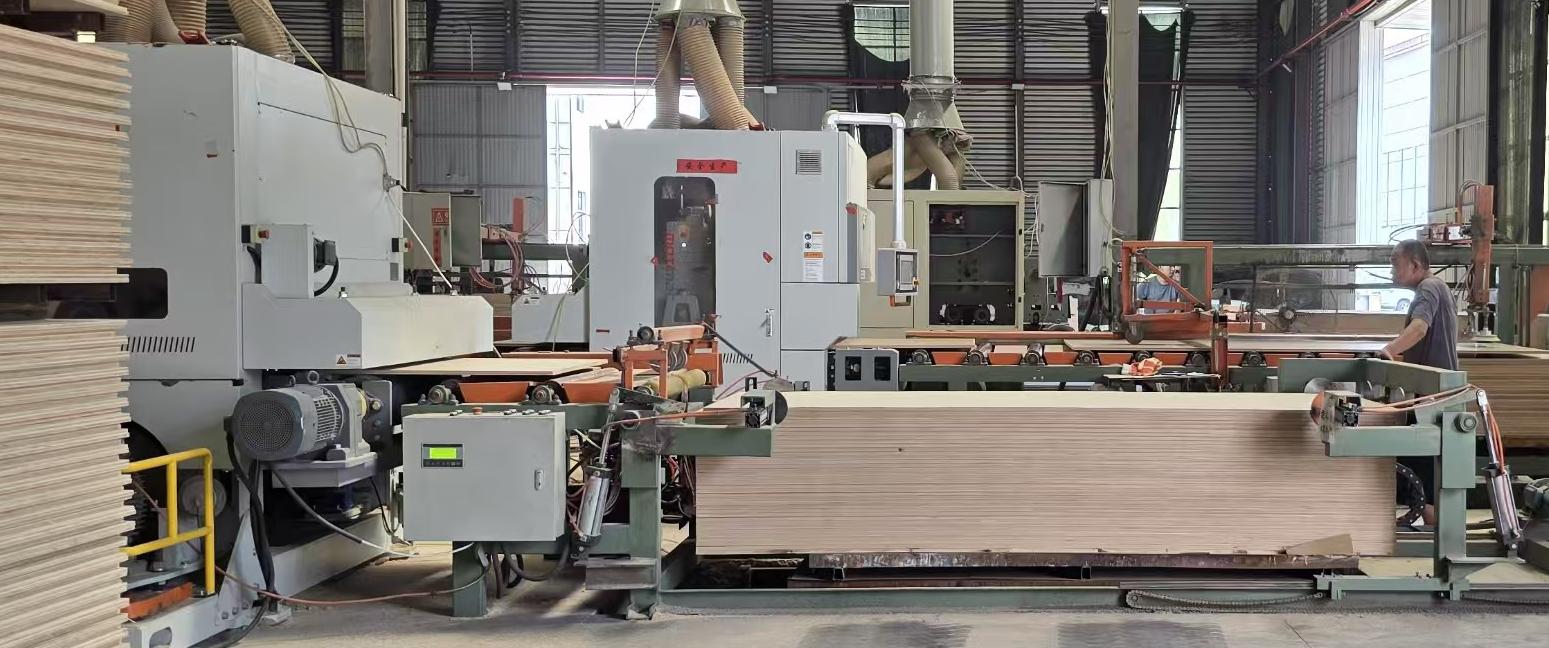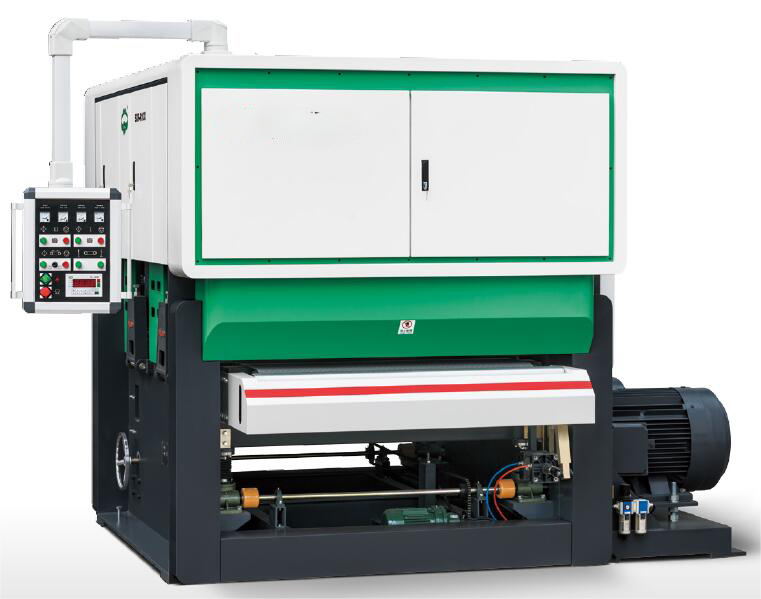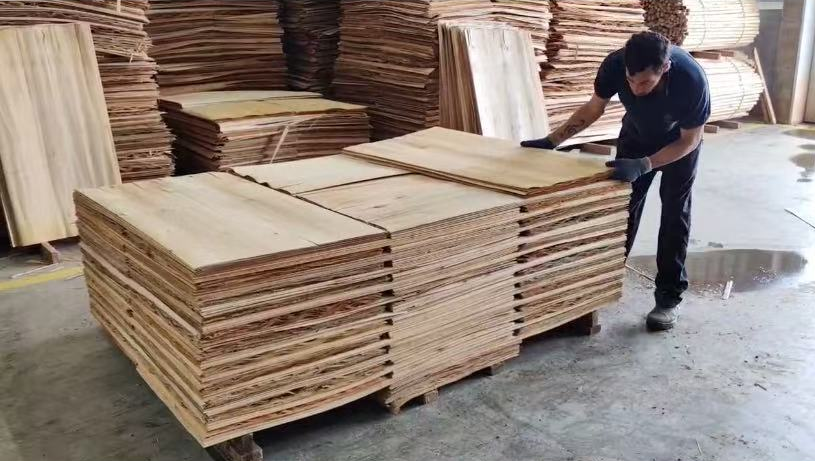What’s the Raw Materials for Vietanmese Plywood?
Vietnamese plywood primarily uses eucalyptus as the core material. Eucalyptus grows quickly (ready for harvest in 5–7 years, much faster than traditional hardwoods) and has a uniform wood structure. Its fibers are consistent, producing veneers with even thickness and smooth surfaces, which facilitates subsequent gluing. Eucalyptus plantations are extensive, providing abundant raw materials at relatively low cost. The wood is easy to process, with fine and uniform fibers that allow glue to penetrate thoroughly, ensuring strong bonding between layers. Plywood made from eucalyptus has moderate density, high strength, and good dimensional stability, making it resistant to delamination and deformation.
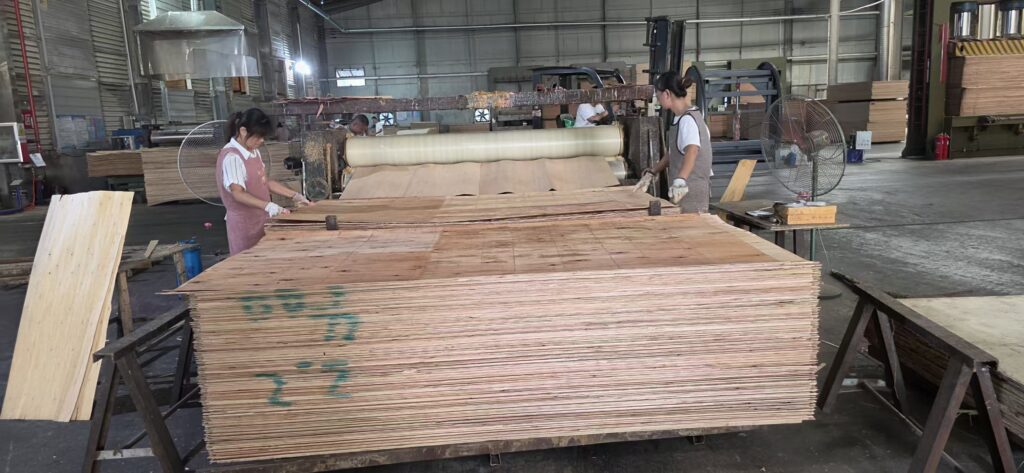
What are the Advantages of Vietnamese Plywood Development
1. Raw Materials and Forestry Resources
Abundant eucalyptus resources: Eucalyptus plantations cover approximately 300,000 hectares, with an annual output of 6–9 million cubic meters. Between 2020 and 2024, Vietnam’s plywood production was recorded at 2–3 million cubic meters per year, indicating that eucalyptus forests provide a stable and sufficient supply of raw materials for plywood production.
Why does Vietnam have abundant eucalyptus resources?
- Natural environment: Vietnam has a tropical monsoon climate with high temperatures and abundant rainfall. Well-drained soils and hilly terrain are suitable for eucalyptus cultivation, which also reduces competition for arable land.
- Policy support: The government promotes plantation forestry, encouraging the cultivation of eucalyptus and acacia as commercial timber. Rural households and businesses are also encouraged to plant eucalyptus, increasing income through forestry and supporting large-scale planting.
2.Product quality and production line:
- Vietnamese manufacturers often use semi-automatic or fully automated plywood production lines. Major export markets include Europe, the U.S., Japan, and South Korea, where clients have strict quality requirements. Automated equipment minimizes human error and ensures product consistency, while improving efficiency and reducing labor costs.
- High precision is required for core and veneer boards, which is critical for furniture quality in export markets. Automation in peeling, drying, gluing, assembly, hot pressing, sanding, and edge-cutting—mostly using Chinese-made machinery—ensures stable quality, low cost, and convenient maintenance due to geographic proximity.
3. Costs and Industrial Chain
- Low labor costs: Overall production costs are lower than in China and some Southeast Asian countries. Vietnamese plywood workers earn around $300/month, about half of Chinese labor costs. Vietnam’s young population, with over 50 million of working age, ensures abundant labor supply, keeping wages competitive. Low labor costs are a key attraction for foreign investment.
- Complete industrial chain: Vietnam has an integrated plywood industry, covering core veneer→ face veneer → standard plywood → film-faced plywood → furniture panels → construction formwork, supported by dense clusters of related factories (wood harvesting, veneer production, glue manufacturing).
- Major plywood regions are concentrated in northern Vietnam (Hanoi, Bac Giang, Thanh Hoa) and southern Vietnam (Binh Duong, Dong Nai, Ho Chi Minh City), forming wood-processing clusters. Upstream and downstream enterprises are closely connected, improving supply chain efficiency. Vietnam supplies mid-to-low-end plywood to China and high-end E0/E1 certified boards to the U.S., Japan, and the EU. Domestic furniture factories also consume a portion of production.
4. Export and Market Access Advantages
- The Vietnamese government strongly supports timber and engineered wood exports with tax incentives, export rebates, and multiple free trade agreements (CPTPP, RCEP, EVFTA), offering low or zero tariffs for exports to Europe, Japan, and South Korea.
- Since the U.S. imposed anti-dumping and countervailing duties on Chinese plywood in 2012, Vietnam gained opportunities to replace Chinese exports. Stricter environmental policies in China also limit small factories, positioning Vietnam as a low-cost alternative for global buyers, with many orders shifting from China.
5. Policy and Investment Environment
- The government encourages timber processing and furniture exports as priority industries, providing land rental incentives, VAT refunds on exports, and corporate tax reductions or exemptions. Low-interest loans are available through government-bank cooperation to support factory expansion and efficiency improvements.
- Foreign investment is relatively easy. Companies from China, Taiwan, and South Korea have invested in Vietnam, bringing capital, equipment, and market channels. Foreign or joint-venture enterprises are encouraged to adopt fully automated production lines. Imported machinery, equipment, and raw materials may qualify for duty reductions or exemptions. Many Vietnamese factories use Chinese-made veneer peeling machines, plywood hot presses, and plywood sanders, improving productivity and product quality.
6. Location and Logistics
Sea transport is convenient and relatively low-cost, benefiting export competitiveness.
Vietnam is close to southern China and ASEAN markets, with access to major international shipping routes like the South China Sea – Malacca Strait, a key global maritime trade corridor.
What are the Challenges in Vietnamese Plywood Industry and Solutions
Main Challenges:
- Technology and Equipment Gap
- Some factories still use semi-automatic or low-end equipment, resulting in unstable production and inconsistent quality.
- Automation and intelligent control are insufficient for high-end international market standards.
- Intense Export Competition
- Competing with China, Indonesia, and Malaysia in global plywood markets.
- U.S. Tariffs
- On April 2, 2025, the U.S. imposed “Liberation Day Tariffs” of 10% on all imported goods, followed by a 46% “reciprocal tariff” specifically targeting Vietnam, significantly raising plywood export costs.
- In June 2025, the U.S. Department of Commerce launched AD (anti-dumping) and CVD (countervailing) investigations on hardwood and decorative plywood from China, Indonesia, and Vietnam. Preliminary rulings expected in August and October 2025.
Solutions & Measures:
- Introduction of Advanced Equipment
- Double-roller veneer lathe: In the double-roller peeling lathe, the knife platform remains fixed while the blade and veneer thickness are controlled by adjusting the distance between the two rollers. This design ensures stability during peeling, minimizes vibration, and produces veneers with precise thickness, tight tolerances, and smooth surfaces. The sturdy knife platform structure also reduces wear over long-term use and prevents deformation. Even after ten years, the lathe maintains uniform veneer thickness and flat surfaces, ensuring plywood with precise thickness and smooth boards.
- Fully automatic core composer: The automatic core composer ensures tight seams and flat surfaces by evenly pressing and accurately aligning panels. This avoids gaps or overlap caused by manual assembly, and facilitates subsequent sanding and finishing, enhancing overall product appearance. Accurate jointing and surface flatness allow plywood to meet the strict quality standards of European, American, and high-end furniture and construction markets.
- Fully automatic roller edge saw: This machine precisely controls cutting positions, producing straight and neat plywood edges. Its automatic control system adjusts cutting width based on board specifications, reducing human error and ensuring consistent dimensions for each sheet of plywood.
- Fully automatic CNC sander: The export market, especially in Europe and the U.S., demands high thickness uniformity and smooth surfaces. Automated sanding machines meet these high-end customization requirements and improve competitiveness.
- Market Diversification
- Demand for furniture, construction timber, and processed wood products is growing in the Middle East, India, Africa, South America, Eastern and Northern Europe. Vietnamese companies can leverage shifts in traditional supply chains to explore broader international markets.
- Product Differentiation
- Develop diversified products such as fire-resistant boards, decorative panels, and container flooring. Offering high-quality, environmentally certified, or custom products enhances brand competitiveness.
How We Can Help You Establish a Plywood Factory in Vietnam
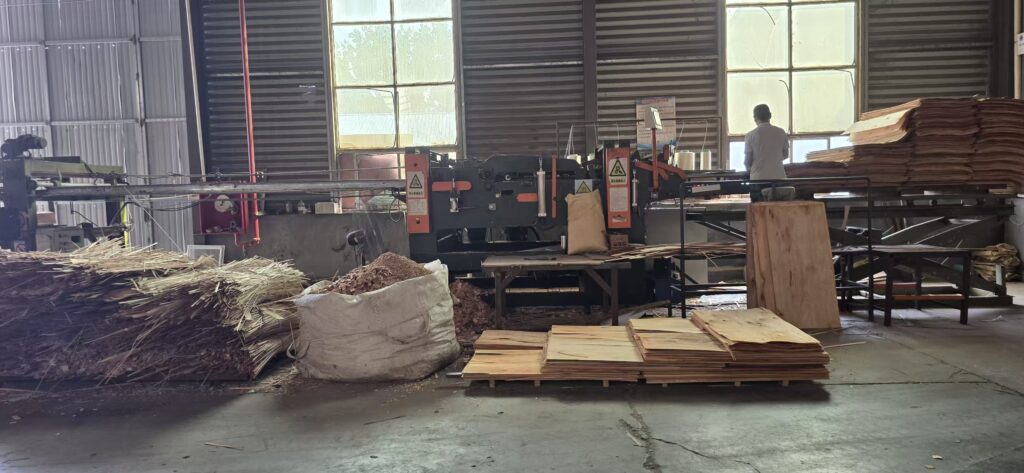
Plywood Production Planning & Machinery Installation/Commissioning
We provide comprehensive services to ensure your plywood factory operates efficiently from day one:
1. Production Planning
- Design an optimized production layout tailored to your factory size and capacity,including raw materials stock area,production area and finished plywood stock area,forklift working raute,etc.
- Plan the workflow for all stages: log debarking → veneer peeling → drying → glue spreading → assembly → hot pressing → sanding → edge trimming → finished plywood stacking.
- Maximize the good quality and productivity, minimize waste, and ensure smooth coordination between production stages.
2. Machinery Installation
- Handle delivery and setup of all plywood machinery, including rotary veneer lathes, core composer,plywood core veneer paving line,glue spreader,hot presses, sanding machines, and edge trimming equipment.
3. Machine Commissioning & Debugging
- Perform test runs to check machine performance, veneer thickness consistency, glue penetration, and bonding quality.
- Adjust operational parameters to achieve optimal output and product quality.
- Train your operators on machine operation, preventive maintenance, and troubleshooting.
4. Continuous Support
- Provide on-site guidance during the first production runs.
- Offer technical advice for process improvement and efficiency optimization.
- Ensure your factory meets international quality standards for plywood products.
